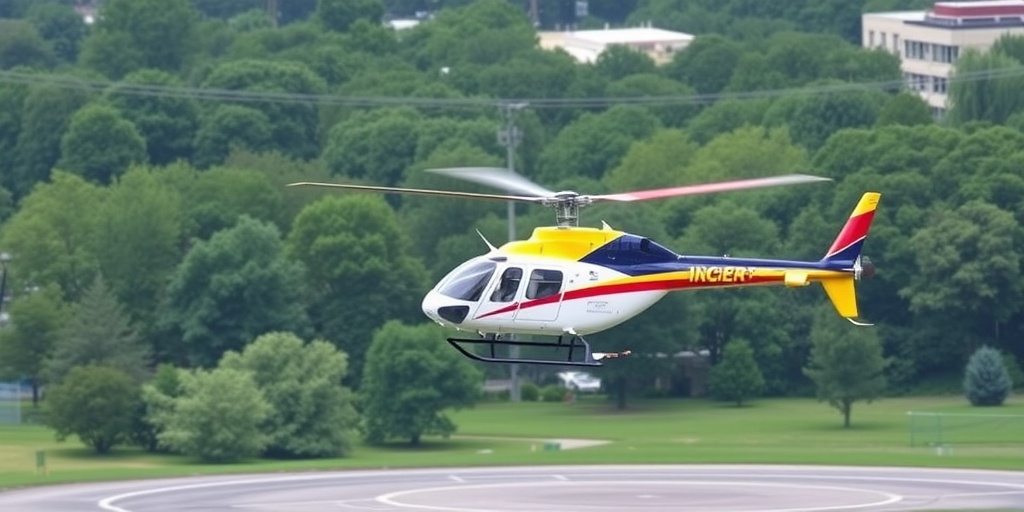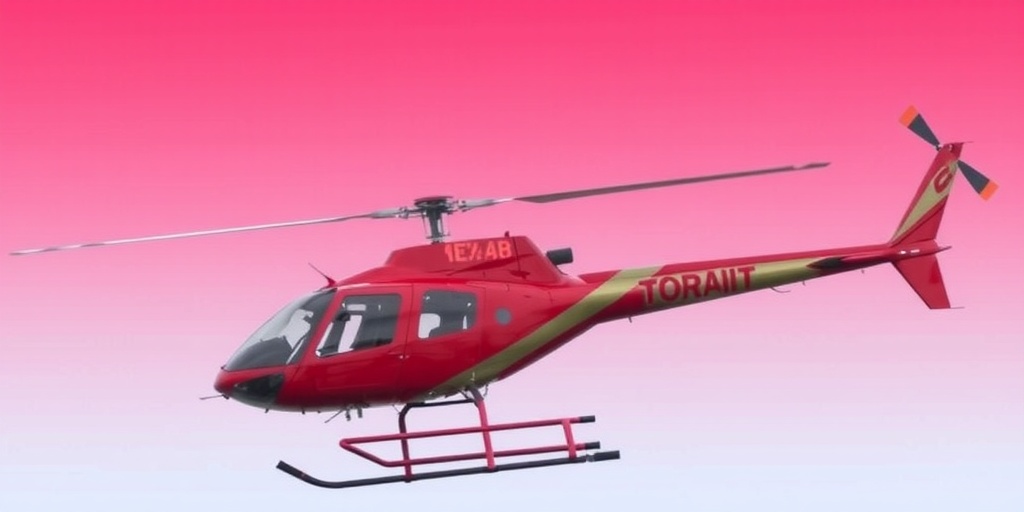Now Reading: Investigators Seek Permanent Helicopter Restrictions Near Reagan Airport
-
01
Investigators Seek Permanent Helicopter Restrictions Near Reagan Airport
Investigators Seek Permanent Helicopter Restrictions Near Reagan Airport

Urgent Safety Recommendations Issued Following Fatal Midair Collision near Ronald Reagan National Airport
The National Transportation Safety Board (NTSB) has made headlines this Tuesday with two urgent recommendations aimed at reducing and rerouting helicopter traffic around Ronald Reagan National Airport (DCA) in Washington, D.C. This decisive action comes in the wake of a tragic midair collision that occurred in January, claiming the lives of 67 individuals, including passengers from an American Airlines flight and an Army Black Hawk helicopter.
Jennifer Homendy, the chair of the investigative board, highlighted the evidence gathered in a comprehensive review of air traffic incidents at the airport spanning from 2011 to 2024. Alarmingly, the review revealed that an airplane alert was triggered at least once a month during this period, signaling pilots to take emergency evasive measures to avoid potential collisions with helicopters. These alerts, known as resolution advisories, are critical for maintaining aviation safety and must be prioritized by airline pilots over other commands, including those issued by air traffic control.
The report indicated that in over half of these incidents, documented through voluntary safety reports and data collected by the Federal Aviation Administration (FAA), helicopters involved were reportedly operating above the permissible altitudes for their designated routes. Notably, two-thirds of these near-collision occurrences took place during nighttime operations, which further complicates the already challenging air traffic environment around the airport.
Investigators are actively scrutinizing the circumstances that allowed an Army Black Hawk helicopter to fly above the maximum altitude for its designated route and inadvertently enter the flight path of American Airlines Flight 5342 on the evening of January 29. The findings could provide crucial insights into operational failures that need to be addressed to enhance safety measures.
In response to the alarming data and the associated risks identified, the NTSB has recommended that the FAA implement a permanent ban on helicopter traffic along a specific corridor known as Route 4, which was being used by the Black Hawk during the fatal incident. This restriction would be enforced whenever Runways 15 or 33 at Ronald Reagan National Airport are in operation. The designated corridor stretches from Hains Point in East Potomac Park to the Wilson Bridge, situated near the airport. The NTSB estimates that airplane traffic on these runways accounts for less than 10 percent of all departures and arrivals, suggesting that the proposed helicopter closures would minimally impact air traffic while significantly enhancing passenger safety.
Moreover, the NTSB also proposed that the FAA establish an alternative helicopter route when this critical segment is closed to helicopter operations. Ms. Homendy underscored the inadequacy of existing separation distances between helicopter traffic operating on Route 4 and aircraft landing on Runway 33. She remarked in a recent news conference, "We’ve determined that these distances are insufficient and pose an intolerable risk to aviation safety." She further asserted that the data on near-miss incidents near Ronald Reagan National Airport definitively illustrated the need for intervention, stating that it was unacceptable for a tragic event to be the catalyst for such action.
In the immediate aftermath of the tragic crash, the FAA took preliminary measures by temporarily closing two heavily utilized helicopter routes that run along the Potomac River and around Ronald Reagan National Airport. These routes had been actively used by the Black Hawk during a training mission prior to its catastrophic collision with an American Airlines flight.
The recommendations put forth by the NTSB align with recent appeals from Congress and U.S. airlines advocating for permanent restrictions on helicopter traffic in the vicinity of National Airport. The call for these essential safety changes highlights a growing acknowledgment of the urgent need to reassess air traffic protocols to mitigate the risks associated with helicopter operations near busy airport environments.
As investigations continue and safety recommendations unfold, the NTSB’s efforts serve as a crucial reminder of the ongoing need for vigilance in aviation safety. Implementing these proposed measures holds the potential to significantly enhance the safety of air travel in the Washington D.C. area, ensuring that such a devastating incident does not recur in the future. Safe skies necessitate teamwork, adherence to safety protocols, and continual dialogue among aviation authorities, airlines, and helicopter operators, working together to protect the lives of those in the air and on the ground.
Stay Informed With the Latest & Most Important News
Previous Post
Next Post
-
 01New technology breakthrough has everyone talking right now
01New technology breakthrough has everyone talking right now -
 02Unbelievable life hack everyone needs to try today
02Unbelievable life hack everyone needs to try today -
 03Fascinating discovery found buried deep beneath the ocean
03Fascinating discovery found buried deep beneath the ocean -
 04Man invents genius device that solves everyday problems
04Man invents genius device that solves everyday problems -
 05Shocking discovery that changes what we know forever
05Shocking discovery that changes what we know forever -
 06Internet goes wild over celebrity’s unexpected fashion choice
06Internet goes wild over celebrity’s unexpected fashion choice -
 07Rare animal sighting stuns scientists and wildlife lovers
07Rare animal sighting stuns scientists and wildlife lovers





















